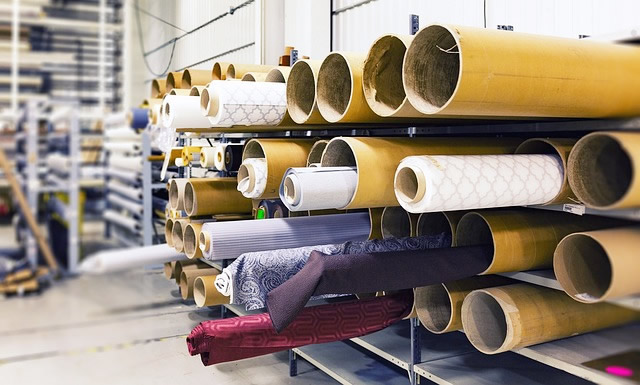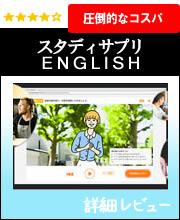先日から「Why fabric fraud is so easy to hide -「布地の偽装はバレにくい」を読んでいます。

・「布地の偽装はバレにくい」(1)
・「布地の偽装はバレにくい」(2)
・「布地の偽装はバレにくい」(3)
・「布地の偽装はバレにくい」(4)
・「布地の偽装はバレにくい」(5)
・「布地の偽装はバレにくい」(6)
・「布地の偽装はバレにくい」(7)
・「布地の偽装はバレにくい」(8)
・「布地の偽装はバレにくい」(9)
・「布地の偽装はバレにくい」(10)
Similarly, the CEA says it uses DNA testing to check that products carrying its logo are made of true Egyptian cotton.
同様に、CEAはロゴマークのついた製品が真にエジプト綿であることを確認するため、DNA検査を行っているという。
For brands and retailers wanting to use tracing technology to verify the authenticity of their products, the first step is to map out the whole supply chain.
トレーシング技術を利用して製品の真贋を見極めたいブランドや小売業者にとって、最初のステップはサプライチェーン全体のマップを作成することだ。
In 2018, Stockholm-based clothing company Asket set itself the goal of fully tracing its entire range.
2018年、ストックホルムのアパレル企業アスケットは、自社の全製品を完全にトレースすることを目標に掲げた。
At the time, like many brands, the company only really knew about its immediate suppliers.
当時、多くのブランドがそうであるように、同社も身近な仕入先しか知らなかった。
“We started to work upstream, essentially asking all these questions and really annoying our factories,”
「私たちは上流工程から始めて、あらゆる質問を投げかけて工場を困らせました」
says Asket co-founder August Bard Bringéus.
とアスケットの共同創業者であるオーガスト・バルド・ブリンゲウス氏。
Knitting facilities were initially reluctant to share where their raw materials came from.
ニット工場は当初、原材料の産地を公表することに消極的だったという。
reluctant「いやいやながらの、渋々の、渋って、いやがって、気が進まなくて」。
“They really feared that we would try and cut them out,” says Bringéus.
「彼らは、私たちに切り捨てられるのを本当に恐れていたのです」と同氏。
While Asket does not currently use any physical tracers in their supply chain,
アスケット社は現在、サプライチェーン上で物理トレーサーを使用していないが、
Bringéus says they could be useful in some instances – especially for cotton.
ブリンゲウス氏は、特に綿花については、場合によっては有用だろうと述べている。
in some instances「場合によっては、時には、ある場合に」。
既に自分たちで偽物を駆逐しようと対策しているメーカーもあるんですね。
こうして敏感に反応してくれる会社は応援したくなりますし「何でもいいから稼いだもん勝ち」という姿勢は、そろそろ見直されてほしいものです。
理由は単純明快!「少ないコストでしっかり楽しく学べるから」。
私自身の経験(高機能でビックリ)をびっしり書いていますので、良かったら読んでみてください。
下のバナーからどうぞ!






